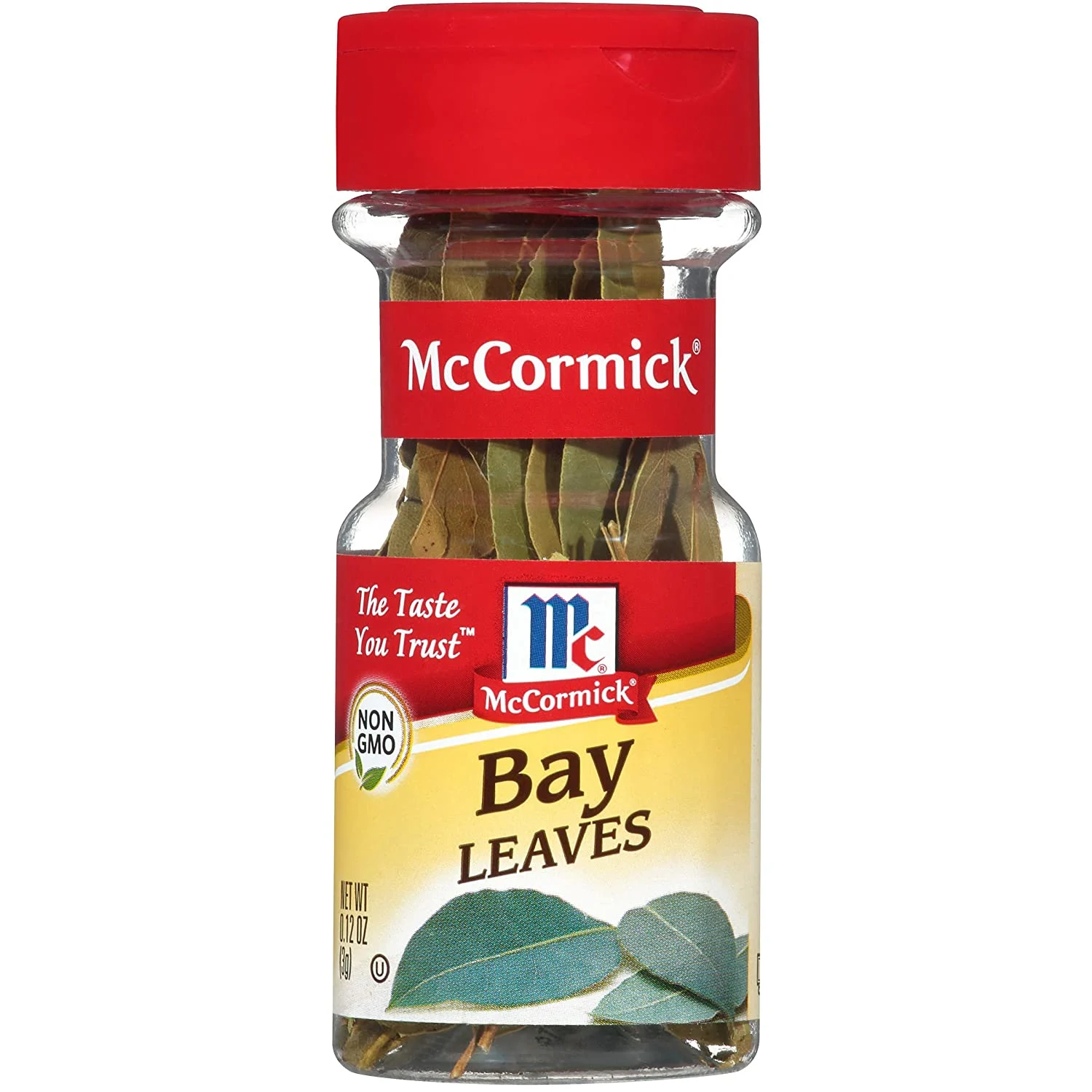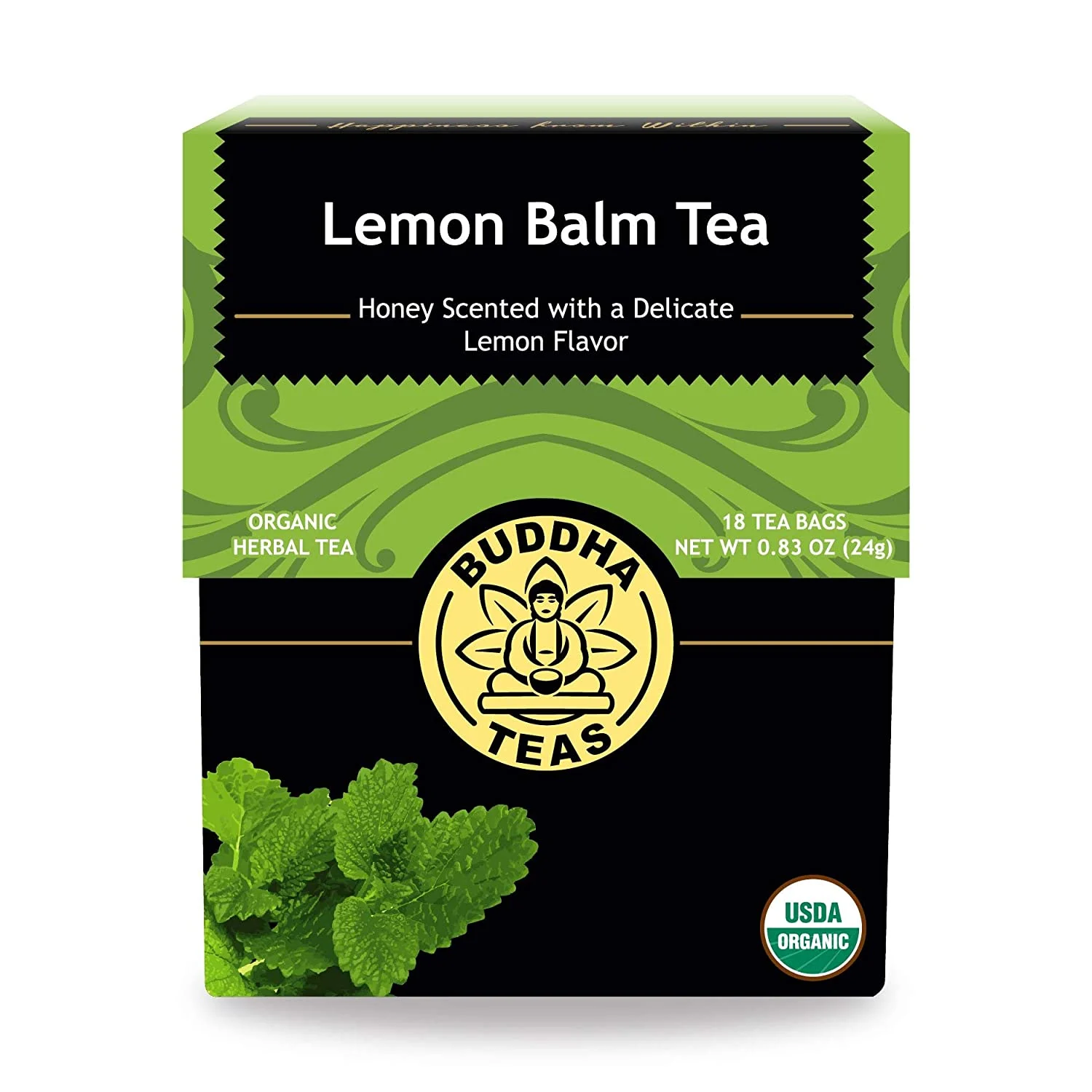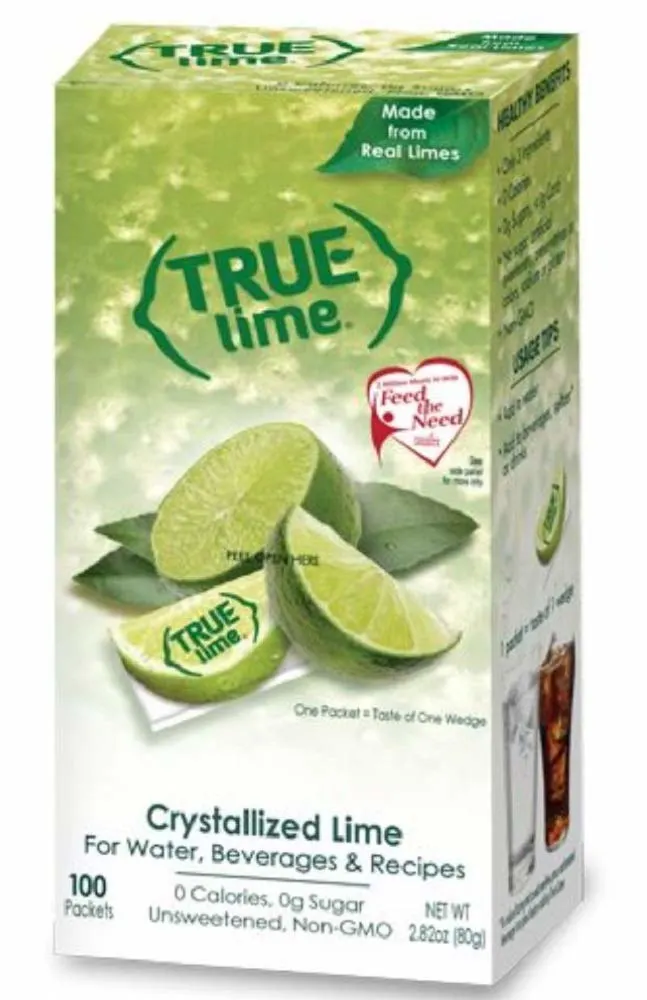Did you know curry leaf traveled all over the world through migration? You probably doubt this because you may have cultural recipes that use curry leaves. Curry leaves are native to India, Sri Lanka, Bangladesh, and the Andaman islands. Today, curry leaves are everywhere because the Indian migrants carried the herb wherever they went and planted it in their new homes.
Curry leaves come from the curry leaf tree (MurrayaKoenigii). The Koenig is a small tree (or bush) that grows below 20 feet (6.1 m) in height. This tropical to sub-tropical plant produces small fragrant white flowers. The flowers grow to become small, black fruits that resemble berries. They are edible but contain poisonous seeds. This seed is used for the propagation of curry leaf plants (or alternatives, you can plant from cuttings). The best part of a curry leaf tree is the foliage, and flat curry leaves arrange themselves alternatively on the pinnate and stem.
Curry leaves have been used for flavoring vegetables and medicinal herbs since the 4th century AD. The word “curry” is a modification of the Tamil “Kari,” which means spiced sauces. Curry leaves are small, slender, long, and oval with tips narrowing to a point. The leaves have an average length of 2-4 centimeters and 1-2 centimeters. They have a bold dark green color and a shiny effect. A very distinct feature of the curry leaf is its extremely aromatic scent. Also, the leaves have a very strong flavor that has been compared to citrus and lemongrass. Curry leaves have a mild and slightly spicy taste with a nutty, citrusy aroma when cooked.
Curry leaves should not be mistaken for curry powder or curry plant. While curry leaves are aromatic fresh herbs from curry tree, curry powder is a spice mix of seeds, spices, and herbs that have a different flavor. Some ingredients in curry powder include coriander, cumin, turmeric, and cayenne. Curry powder doesn’t include curry leaves. The curry plant (Helichrysumitalicum) is a different shrub and unrelated to the aromatic curry leaf or curry leaf tree.
This aromatic culinary goodness doesn’t only rely on its citrusy taste and sweet smell. Curry leaves are fortified with carbohydrates, iron, calcium, fiber, phosphorus, and vitamins like vitamin C, vitamin B, vitamin A, and vitamin E. Since curry leaves are related to the citrus family, surely it contains some acids (like amino acids) and alkaloids. It is also enriched with folic acid, whose main responsibility is to help the body absorb iron. Hence curry leaves help us keep anemia at bay.
Curry leaf contains antioxidants (like linalool, alpha-terpinene, alpha-pinene, murrayanol, caryophyllene, mahanimbine, and myrcene), which prevent the oxidation of cholesterol that forms LDL cholesterol (this is the bad type of cholesterol that cause health hazards). As a result, there is an increase in HDL (good cholesterol) in the body. This activity helps protect people from heart diseases and atherosclerosis. Curry leaves have also been known as diabetes fighters because they lower the blood sugar level by affecting insulin production and activity.
Furthermore, this herb helps improve digestion and calms bowel movement. And it also alters the way your body absorbs fat and is always used in slim teas. For a very effective result, curry leaf tea can be taken on an empty stomach daily. Recently, many scientific tests and researches have shown new possibilities of the power of little curry leaves. When tested on animal subjects, results showed that curry leaves might have powerful anti-cancer properties. Further tests suggest that curry leaf extract may protect against neurodegenerative diseases like Alzheimer’s disease.
Curry Leaf Nutrition Facts:

One underutilized property of curry leaves is the ability to induce hair growth, reduce thinning, and delay grayness. The many antioxidants and proteins in the leaf neutralize free radicals and keep your hair healthy and strong.
Uses for Curry Leaf
It is almost impossible to talk about Southeast Asian cuisines without mention curry leaves. They are a key ingredient in many recipes but most important in curries, dals, and soups.
Below is a list of recipes with curry leaf:
- Malabar prawn curry
- Moong daal
- Curry leaves kuzhambu
- Moringa leaves stir-fry
- Kerala chicken curry
- Kerala egg curry
- Onion bhaji
- Quick vegetable curry
- Shrimp curry
- Curry leaves rice
Curry leaves are used as a tea to combat many health issues, as listed in the previous section. Also, the leaves can be chewed raw for constipation, dysentery, and diarrhea issues.
Substitute for Curry Leaf
It is no doubt that curry leaf is indispensable, having learned all the health benefits. However, the shortness of the herb or some legal issues may warrant its substitution. For instance, curry leaf is a restricted item in the US because it harbors pests associated with citrus diseases.
Here are some of the best substitutes for curry leaf:
Bay Leaf
Bay leaf has the same citrus flavor as curry leaf. If your dish requires whole curry leaves, then bay leaves are a great substitute for both leaves have the same basic structure. This one is a bit sweet and can give a peppery, bitter twist to your recipe.
Like curry leaf, Bay leaf is a potent medicinal herb and can be used to fight dandruff, muscle and joint pains, and boils. When substituting, uses an equal amount of bay leaves as you would curry leaves.
Read More: Substitute for Bay Leaves
Lemon Balm
Lemon balm leaves have the same aromatic potentials as curry leaves, hence why it is a great substitute. Plus, it is readily available and may even be growing right in your garden. It has a minty flavor that resembles curry leave’s citrusy flavor.
Use six lemon balm leaves to replace nine curry leaves. If you cook with the herb’s dry type, remember that the ratio of lemon balm to curry leaves is 2:3, so measure accordingly.
Lime Zest
This is a rather desperate substitute for curry leaves. Lime zest will protect your recipe’s integrity in the absence of curry leaves by upholding the citrus note and aroma of the meal.
Use the uppermost layer of the rind when zesting. The top layer’s oils will add an intense and strong flavor that equals those of curry leaves. For measurement, use 1/8 lime zest to replace the required curry leaves (ratio of lime zest to curry leaves is 1:8).
Basil Leaf
Bay leaves are synonymous with Italian cuisines because of the important roles these leaves play – especially in pesto sauce. But there are of various kinds. Sweet basils are the common ones used in Italian dishes and the most popular. However, there are many other types of basils used for cooking, like the lemon-lime basil.
Lemon-lime basils look very much like curry leaves and can comfortably replace the citrusy and aromatic notes of curry leaves in any recipe. Use as much amount as you would curry leaves.
Substitute for Curry Leaf in Mulligatawny Soup
This Indian cuisine is as nutritious as it is filling. Its appetizing appearance is its best part. The major need for curry leaves in this dish is for the aroma. In this case, lime zest will be a perfect substitute for retaining curry leaf’s citrusy aroma.
Substitute for Curry Leaf in Moringa Leaves Stir Fry
Beyond the glorious taste, this meal is a pack of medicinal richness. Moringa has been called ‘the miracle tree’ and ‘the tree of life.’ This meal is all organic and vegan friendly. Bay leaves will substitute curry leaves in this dish because their color and texture go well with the moringa leaves themselves.
Substitute for Curry Leaf in Basmati Rice with Curry Leaves
In this Indian cuisine, the curry leaves are not only taste boosters and aroma givers, but they also give a decorative element to the recipe. Lemon-line basil leaves will substitute curry leaves better here because not only do they match the taste and aroma of the herb, they would look just like curry leaves on the rice as decorative finishing.
Frequently Asked Questions [FAQs]
Is curry powder the same as curry leaves?
No. this is a popular misconception. People always think curry powders are made from dried and grounded curry leaves. This is not true. Curry leaves grow from curry leaves the tree, while curry powder is a blend of various seeds and spices developed in Europe to add spices to Indian cuisines.
Why is curry leaves banned in the UK?
Curry leaves are banned in the UK for the same reasons they were banned in the US. Just as I explained above: they spread pests that cause citrus greening disease. This made the citrus industry suffer losses in billions.
Can I grow curry leaves from the stem?
Yes, you can use fresh curry leaves with stem or petiole to start a plant. Remove the bottom 1 inch (2.54 cm) of leaves, immerse the bare stem into the medium (or earth), and mist thoroughly.
Conclusion
The benefits of curry leaf, ranging from the aroma, taste, and medicinal goodness, can never be matched. However, if you can’t lay a hand on the curry leaves themselves, these substitutes will do the job and do them fine. Although you must remember the right amount to substitute for curry leaves, all the different substitutes have specific and unique features that shouldn’t be mistaken.




